Quinine hydrochloride
- CAS NO.:130-89-2
- Empirical Formula: C20H25ClN2O2
- Molecular Weight: 360.88
- MDL number: MFCD00078498
- EINECS: 205-001-1
- SAFETY DATA SHEET (SDS)
- Update Date: 2025-02-23 21:28:46
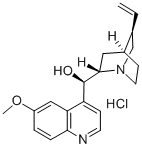
What is Quinine hydrochloride?
Chemical properties
Quinine hydrochloride is a white, silky, glittering needles; odourless, effloresces when exposed to warm air. Soluble in water, very soluble in ethanol, freely soluble in chloroform, insoluble in ether. Its solutions are neutral or alkaline to litmus. It is an alkaloid derived from the bark of the cinchona tree. Quinine Hydrochloride is used as ingredient of beverages and injection medication.
The Uses of Quinine hydrochloride
Quinine Hydrochloride is used as an antimalarial drug, and is the active ingredient in extracts of the cinchona that have been used for that purpose since before 1633. Quinine is also a mild antipyretic and analgesic and has been used in common cold preparations for that purpose. It was used commonly and as a bitter and flavoring agent, and is still useful for the treatment of babesiosis. Quinine is also useful in some muscular disorders, especially nocturnal leg cramps and myotonia congenita, because of its direct effects on muscle membrane and sodium channels. The mechanisms of its antimalarial effects are not well understood.
Definition
Quinine Hydrochloride is the hydrochloride of a natural substance, quinine, obtained from the bark of various species of Cinchona including Cinchona succirubra, Pavon. (red cinchona); Cinchona officinalis, Linn; Cinchona calizaya, Wenddell; Cinchona ledgeriana, Moens. It is a nature-derived bitter flavoring agent for tonic water, among other beverages.
Biological Activity
Quinine hydrochloride is a displays antimalarial and muscle relaxant properties. Stereoisomer of quinidine; closely related to chloroquine.?
Safety Profile
Poison by ingestion, subcutaneous, intravenous, intramuscular, and intraperitoneal routes. Human systemic effects by intravenous route: convulsions or effect on seizure threshold, muscle contraction or spasticity, and nausea or vomiting. Mutation data reported. Used as a local anesthetic. When heated to decomposition it emits very toxic fumes of NO, and HCI. See also QUININE.
Synthesis
Manufacture of quinine by extraction from Cinchona bark and subsequent purification and synthesis to quinine hydrochloride.
storage
Store at -20°C
Properties of Quinine hydrochloride
| Melting point: | 158-160 C |
| Density | 1.1206 (rough estimate) |
| refractive index | 1.5400 (estimate) |
| FEMA | 2976 | QUININE HYDROCHLORIDE |
| storage temp. | under inert gas (nitrogen or Argon) at 2-8°C |
| solubility | DMSO (Slightly), Ethanol (1g/1ml), glycerol(1g/7ml), chloroform(1g/1ml) |
| form | Solid |
| color | White |
| Water Solubility | 549.7mg/L(25 ºC) |
| EPA Substance Registry System | Cinchonan-9-ol, 6'-methoxy-, hydrochloride (1:1), (8.alpha.,9R)- (130-89-2) |
Safety information for Quinine hydrochloride
| Signal word | Warning |
| Pictogram(s) |
 Exclamation Mark Irritant GHS07 |
| GHS Hazard Statements |
H302:Acute toxicity,oral H319:Serious eye damage/eye irritation |
| Precautionary Statement Codes |
P305+P351+P338:IF IN EYES: Rinse cautiously with water for several minutes. Remove contact lenses, if present and easy to do. Continuerinsing. |
Computed Descriptors for Quinine hydrochloride
| InChIKey | LBSFSRMTJJPTCW-QJLYHTAINA-N |
| SMILES | C12C=C(C=CC=1N=CC=C2[C@@H](O)[C@]1([H])C[C@]2([H])CCN1C[C@@H]2C=C)OC.Cl |&1:10,12,15,21,r| |
Quinine hydrochloride manufacturer
New Products
1-Boc-4-cyanopiperidine tert-Butyl carbazate 1-(TERT-BUTOXYCARBONYL)-2-PYRROLIDINONE TETRABUTYLAMMONIUM CYANIDE TETRAHYDRO-2H-PYRAN-3-OL 3-Pyridineacrylic acid Nickel(II) perchlorate hexahydrate, 98% 4-Bromophenylacetonitrile, 95% 3-Bromo-4-fluoroaniline, 97% Sodium tetraborate decahydrate, 98% Palladium(II) acetate, trimer, Pd 99% 4-Bromo-2-chlorotoluene, 97% Tadalafil Clopidogrel bisulfate Sitagliptin Phosphate Monohydrate Cabergoline Fexofinadine HCl Etoricoxib 4-Amino Acetophenone 2-Chloro Acetophenone Amlodipine Base 2,3,5-Triiodobenzoic Acid Pyrrolidine Diiodo PentoxideRelated products of tetrahydrofuran
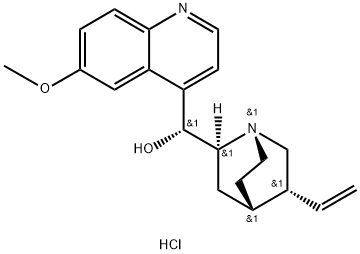
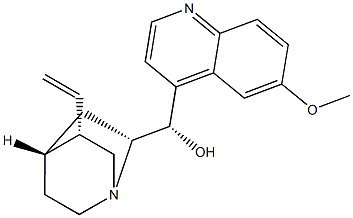
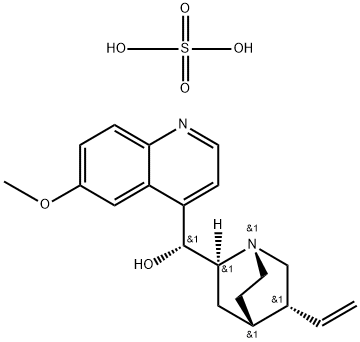

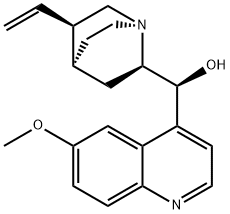
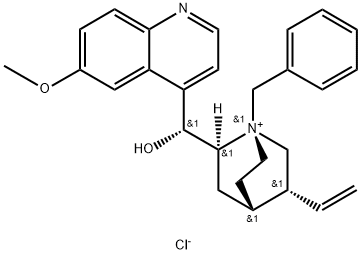
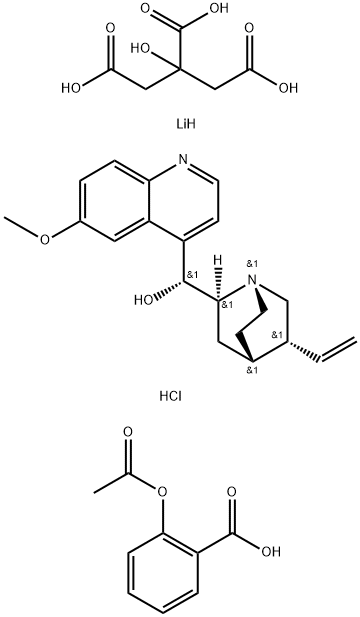
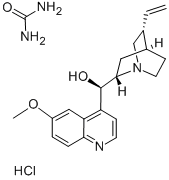
You may like
-
 130-89-2 Quinine hydrochloride 98%View Details
130-89-2 Quinine hydrochloride 98%View Details
130-89-2 -
 130-89-2 98%View Details
130-89-2 98%View Details
130-89-2 -
 130-89-2 99%View Details
130-89-2 99%View Details
130-89-2 -
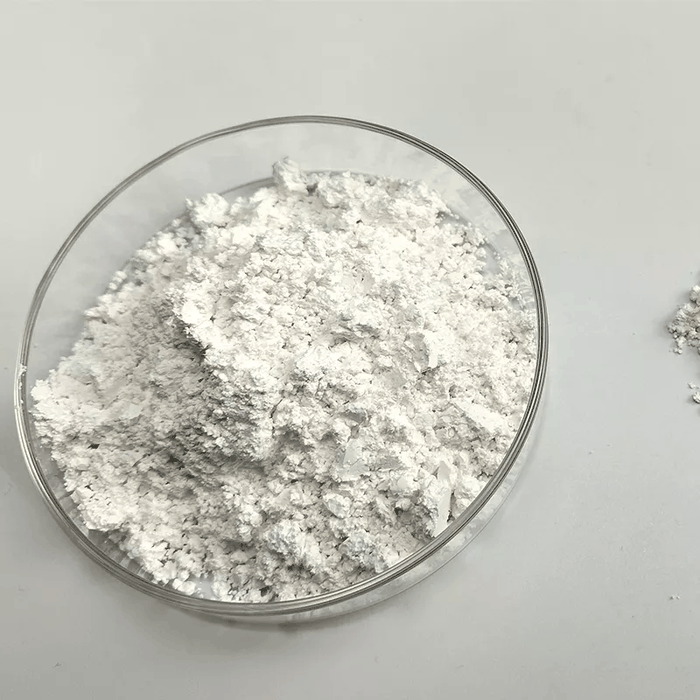 Quinine hydrochloride 99%View Details
Quinine hydrochloride 99%View Details
130-89-2 -
 130-89-2 99%View Details
130-89-2 99%View Details
130-89-2 -
 Quinine hydrochloride 130-89-2 99%View Details
Quinine hydrochloride 130-89-2 99%View Details
130-89-2 -
 Quinine HCl 97% CAS 130-89-2View Details
Quinine HCl 97% CAS 130-89-2View Details
130-89-2 -
 Quinine hydrochloride 99%View Details
Quinine hydrochloride 99%View Details
130-89-2
